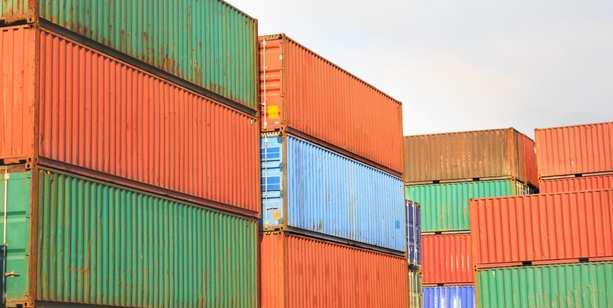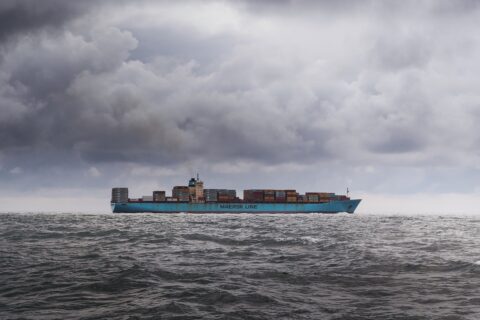
Navigating the complexities of international freight forwarding can be daunting, even for seasoned businesses. This guide aims to illuminate some of the most frequently asked questions, empowering you to navigate the logistics landscape with confidence.
1. What are the modes of shipping?
Regardless of your cargo’s weight or volume (prohibited items excluded), numerous options exist to connect your goods with global markets:
- Air Freight: For urgent or high-value shipments, air freight offers unparalleled speed, albeit at a premium cost.
- Sea Freight: When cost-effectiveness is paramount, sea freight reigns supreme for bulky cargo, taking advantage of global trade routes.
- Road Freight: Providing flexibility and efficiency for shorter distances, road freight caters to specific regional needs.
2. Will i get charged for full container or basis actual volume?
Beyond your chosen mode of transport, consider the volume of your goods for further cost optimization:
- Full Container Load (FCL): Ideal for large shipments filling an entire container, maximizing efficiency and potentially reducing costs.
- Less than Container Load (LCL): Sharing container space with other shippers offers a cost-effective alternative when your cargo doesn’t require a full container.
- Full Truckload (FTL): For complete control and swift delivery of larger shipments within regional distances, consider utilizing a dedicated truck.
- Less than Truckload (LTL): Sharing truck space with other shippers is a budget-conscious option for smaller regional shipments.
3. What are the factors influencing my shipping cost?
Understanding the factors influencing your freight forwarding costs empowers you to make informed decisions:
- Cargo Type: The nature of your goods, such as their fragility or hazardous classification, can impact pricing.
- Shipping Mode: As expected, air freight incurs higher costs than sea freight, while road freight varies based on distance.
- Weight and Dimensions: Larger and heavier shipments naturally require more space and resources, translating to increased costs.
- Distance: The greater the distance your cargo travels, the higher the associated transportation costs.
4. What is freight classification?
To standardize pricing and simplify the logistics process, a system of 18 freight classes categorizes goods based on their size, weight, value, and handling characteristics. Each product also possesses a unique National Motor Freight Traffic Association (NMFTA) number for easy reference within the classification system.
5. Is accurate cargo measurement important?:
Precisely estimating your cargo’s weight and dimensions is crucial for a smooth and cost-effective shipment. Underestimating can lead to additional space requirements and unforeseen charges, while overestimating wastes valuable resources.
6. Is packing important, can my items get damaged?
Protecting your valuable cargo against potential damage during transit is paramount. Adhere to relevant import/export packing regulations and utilize appropriate materials, especially for fragile items. Remember, secure packaging safeguards your investment and ensures its safe arrival.
7. What is Bill of lading?
Consider the Bill of Lading (BOL) as a crucial agreement between you and the carrier. This document details vital information about your shipment, including the number of units, weight, date, and other essential particulars. Ensure both parties possess copies for a seamless shipping experience.
8. Will i know transit time?
While unforeseen circumstances can arise, most reputable shipping services provide reliable estimates for your shipment’s arrival time. Trust their expertise and plan your logistics accordingly.
By understanding these key considerations, you can embark on your global shipping journey with confidence. If you have further questions, contact us to know more.





 APP DOWNLOAD
APP DOWNLOAD